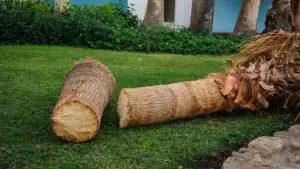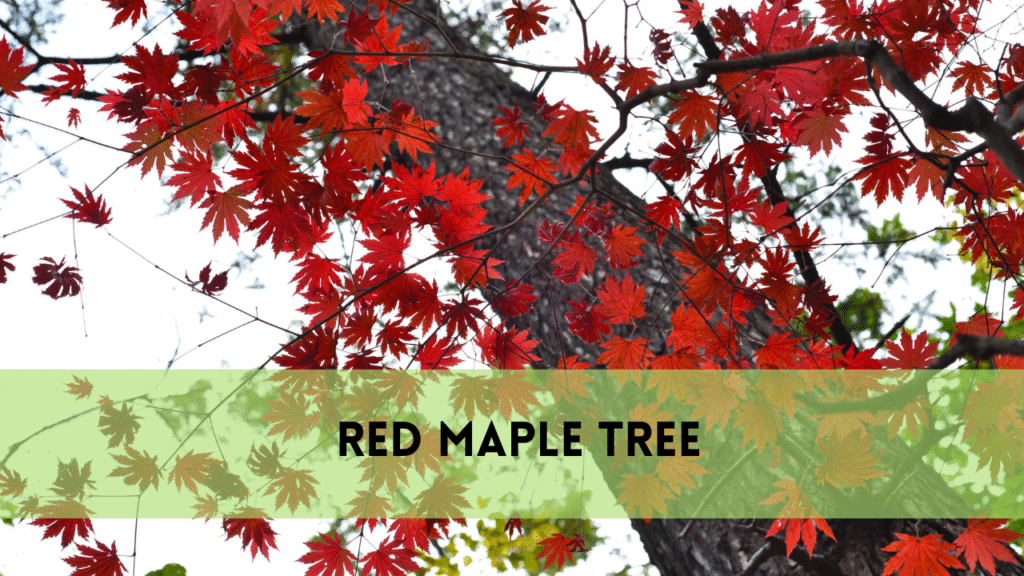My mimosa tree dying
It can be depressing to witness your favorite mimosa tree’s steady demise. As a homeowner, nurturing and keeping the beauty of your landscape is a primary priority, and when signs of trouble develop, it’s natural to look for solutions. In this guide by Crosby Arborist, we examine the perplexing subject of “Why is my mimosa tree dying?” Understanding the underlying causes of its decline is the first step toward developing effective solutions. From withering leaves to stunted growth, each sign reveals potential factors influencing your mimosa tree’s health. We hope to empower you to revive and restore the life of your mimosa tree by exploring common causes of decline and providing concrete solutions. Let us begin on a trip to discover the secrets of caring for and preserving the beauty of your mimosa tree for years to come.
Why is my mimosa tree dying?
Identifying Symptoms of a Dying Mimosa Tree
Recognizing subtle indicators of distress in your mimosa tree is critical for timely diagnosis and effective treatment. One of the most visible symptoms is withering leaves, which cause the previously brilliant foliage to droop and lose its luster. Additionally, you may notice yellowing or browning of the foliage, indicating nutrient shortages or water stress. Another telling indicator is stunted growth, in which the tree fails to achieve its projected height or has limited foliage. Brittle branches are also a common sign of a mimosa tree in distress, indicating underlying stressors harming its overall health. By paying close attention to these indicators and swiftly treating any difficulties, you may prevent further degradation and restore your mimosa tree to its former beauty. Remember, early discovery is critical to maintaining the beauty and life of your landscape’s focal point.

Common Reasons Behind Mimosa Tree Decline
Understanding the underlying causes of your mimosa tree’s deterioration is critical for effective diagnosis and treatment. Water stress is a common cause, in which the tree receives too much or too little moisture, resulting in drooping and yellowing foliage. Poor soil quality is another common issue, with compacted soil or nutrient deficits impeding the tree’s capacity to thrive. Mimosa trees are also subject to pest infestations, such as webworms and spider mites, which can weaken the tree’s defenses and lead to its demise. Diseases, such as Fusarium wilt or mimosa vascular wilt, pose serious dangers to mimosa trees, producing wilting and branch dieback. Environmental stressors, such as high winds or harsh temperatures, can also harm mimosa trees, making them more vulnerable to decline. By addressing these frequent issues quickly and applying suitable solutions, you can improve your chances of rescuing your mimosa tree and preserving its beauty for years to come.
Reviving Your Mimosa Tree: Effective Solutions
Once you’ve recognized the underlying causes of your mimosa tree’s deterioration, it’s time to adopt effective treatments to restore its health and vitality. Begin by maintaining proper watering habits, giving your tree enough moisture without overwatering. Deep, infrequent irrigation promotes healthy root growth and reduces water stress.
Improving soil quality is another important step toward recovering your mimosa tree. Use organic additions such as compost or mulch to improve the soil, increase nutrient availability, and encourage better drainage. This produces an ideal environment for root growth and general tree health. Pruning is necessary to remove dead, damaged, or diseased branches, allowing the tree to direct its resources toward new development. Excessive pruning, on the other hand, might cause further stress on the tree.
Implement integrated pest management tactics for successful pest infestation control. Natural predators, insecticidal soaps, or horticultural oils may be used to control pests while reducing harm to beneficial insects.
Finally, keep an eye out for signs of improvement in your mimosa tree and keep providing correct care, including protection from environmental stressors. With time and effort, you can successfully rejuvenate your mimosa tree and enjoy its beauty for years to come.
The best way to trim a mimosa tree and save it from dying
The best way to prune a mimosa tree and possibly keep it from dying requires careful consideration of timing and technique.
Timing: The optimal time to trim a mimosa tree is during its dormant season, typically spanning from late winter to early spring, before the onset of new growth. Trimming during this phase reduces stress on the tree and allows it to recuperate more quickly. Assess the tree: Before pruning, evaluate the overall health of the mimosa tree and remove any dead, diseased, or damaged branches. Trim these branches first to strengthen the tree’s structure and promote new development.
Pruning Technique: Use sharp, sterile pruning tools to create clean cuts and reduce the danger of infection. To prevent over-pruning and severe stress, prune no more than 25% of the tree’s overall canopy. Remove any crossing or rubbing branches, suckers, or water sprouts.
Avoid Over-Pruning: While it is necessary to remove dead or diseased branches, over-pruning can weaken the mimosa tree’s overall structure and make it more susceptible to stress and disease.
Monitor for Stress: After cutting, keep a constant eye on the mimosa tree for signs of stress, such as wilting leaves or dieback. Ensure that the tree receives enough water and nutrients to help it recover, and add mulch around the base to preserve moisture and regulate soil temperature.
Consider Professional Help: If you’re unsure about the best way to trim your mimosa tree or if it’s showing signs of serious decline despite your efforts, visit a licensed arborist for expert guidance and assistance.
Related Posts:
FAQS
How frequently should I water my mimosa tree?
Mimosa trees prefer moist, well-drained soil. Water wells once or twice a week, depending on the weather and soil moisture levels.
When is the ideal time to prune your mimosa tree?
Prune your mimosa tree during the dormant season, which is late winter or early spring, to promote strong growth and reduce stress.
Can I save my Mimosa tree if it has Fusarium wilt?
Fusarium wilt is difficult to treat, but early detection and timely intervention can help extend the tree’s life. Consult a certified arborist for professional assistance.
Do mimosa trees resist pests and diseases?
Mimosa trees are relatively hardy, but they are still susceptible to pests and diseases. Implementing preventive steps and keeping trees healthy can assist in reducing these dangers.
How can I enhance the soil quality surrounding my mimosa tree?
Add organic additions to the soil, such as compost or aged manure, to improve fertility and structure. Mulching around the tree’s base helps to retain moisture and inhibit weeds.
Can a mimosa tree be transplanted successfully?
Transplanting a mimosa tree can be challenging due to its sensitive root system. However, with proper preparation and care, successful transplantation is achievable.
Conclusion
Finally, recognizing the variables that contribute to your mimosa tree’s deterioration is critical for adopting effective solutions and restoring its health. Identifying distress indicators, such as wilting leaves and stunted development, as well as correcting frequent issues including water stress, soil deficiencies, pest infestations, and illnesses, can dramatically enhance your tree’s chances of survival. You may provide the care your mimosa tree requires to thrive by watering it properly, amending the soil, pruning it, managing pests, and protecting the environment. Remember to regularly monitor your tree’s progress and adjust your care regimen as necessary to promote healing. With dedication and perseverance, you can successfully recover your mimosa tree and bring its beauty back to your landscape. By following the instructions in this tutorial, you will be able to enjoy your mimosa tree’s shade, beauty, and elegance for many years.





